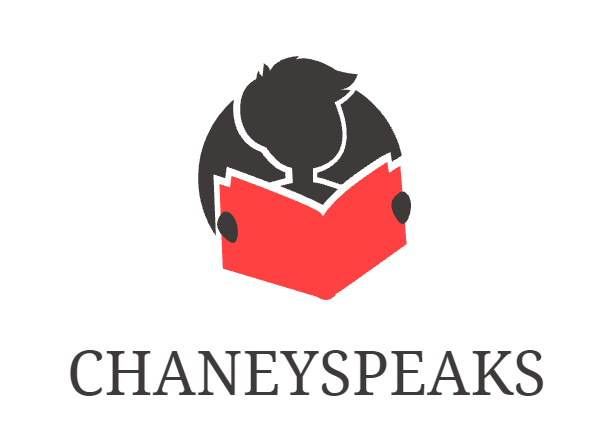It is often difficult for undergraduate students to format a paper according to the MLA style. Between citation and referencing, arrangement of the layout, and adherence to the formatting rules, students get stressed. To these challenges, the gauth essay helper provides a solution that provides direction and relevant resources in helping to apply MLA formatting. This article reveals how Gauth helps in MLA formatting for research papers.
Getting Familiar with MLA Formatting
MLA is the short form for the Modern Language Association and is applied in humanities and multiple fields such as Literature, History, and Fine Arts. It has special conventions related to things such as parenthetical references, lists of works cited, and arrangement of the whole paper. To many undergraduates, these requirements may appear rather puzzling, especially when working on a large paper that involves multiple sources. Gauth assists students in learning these basic rules by explaining each aspect of MLA formatting simply.
Simplification of In-Text Citation
Among all the MLA style features, in-text citation is considered one of the most important. These citations consist of the author’s last name and the page number in parentheses, immediately following the quotation or allusion to the source. Gauth makes this process easier by helping students place these citations correctly and in the right format. Students only need to enter the required information, and Gauth will provide correct in-text citations in MLA format. It reduces the chances of making mistakes and also ensures that the citations used in the paper are appropriate to the rest of the paper.
Creating a Works Cited Page
Like in any other MLA-style paper, the works cited page has to be produced properly. This page contains all the sources cited in the text and is arranged and formatted in a particular manner. It also has become a common thing among students to forget the citation methods of a book, an article, or even a website. Gauth assists by offering templates and samples of each type of source, making it easier for students to format their Works Cited page correctly. This feature is rather useful to ensure that the last page is as balanced, well-organized, and unconfused as possible.
Formatting the Paper Layout
In MLA style, the essays should adhere to some paper layout standards, including double-spacing, a one-inch margin on all sides, and a readable font, preferably Times New Roman. Student headnotes should include the last name of the student and the page number while keeping the title centered and without bold or underlines. Gauth walks students through each of these steps, helping them ensure that every detail is correct. By handling these formatting requirements, Gauth allows students to focus on their writing without worrying about small technical errors.
Conclusion
Gauth proves to be a helpful tool for undergraduate students struggling with MLA formatting. From helping students format in-text citations to helping them create a proper Works Cited page, Gauth makes the process much easier for students so they can concentrate on the writing. Gauth makes the process of formatting as less cumbersome as possible by guiding the students on what to avoid and offering simple explanations on how to go about it. Through its practical assistance, Gauth helps students produce polished, well-formatted papers that meet academic standards.


